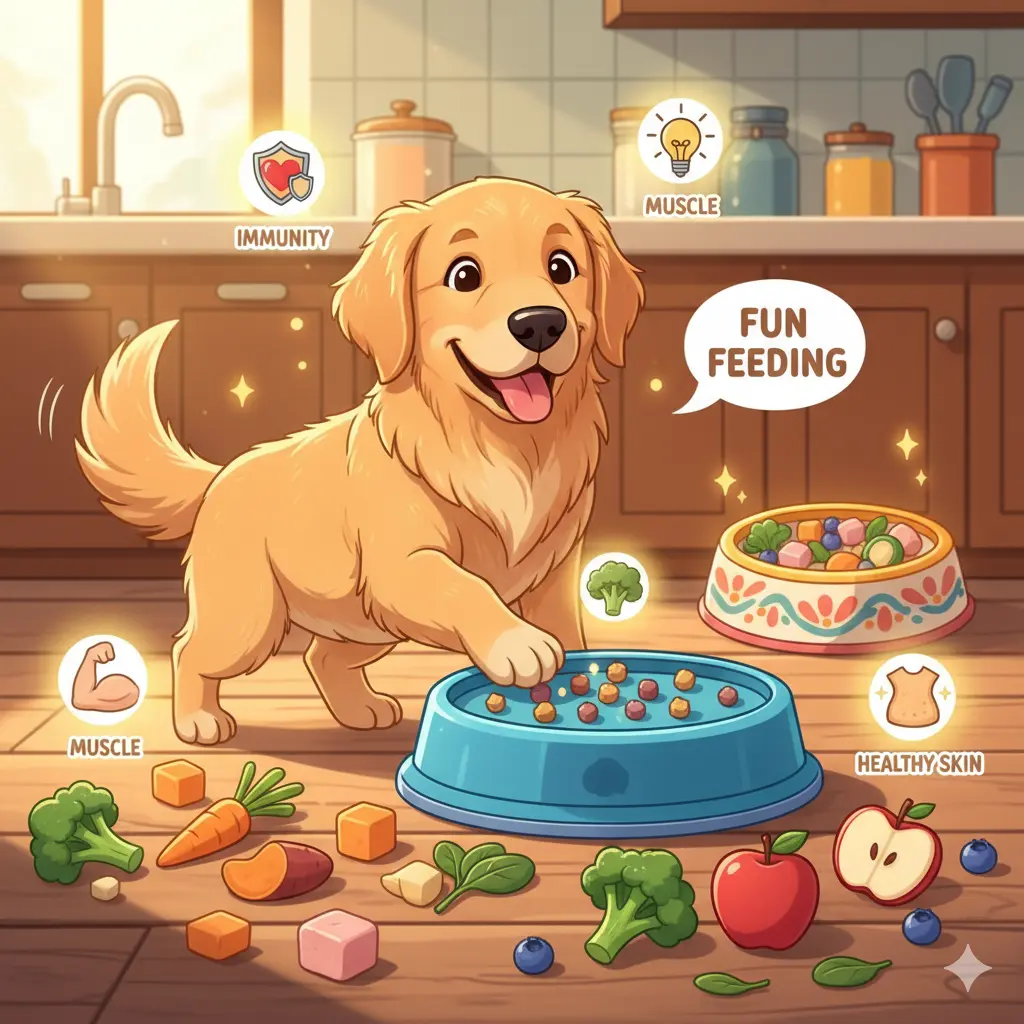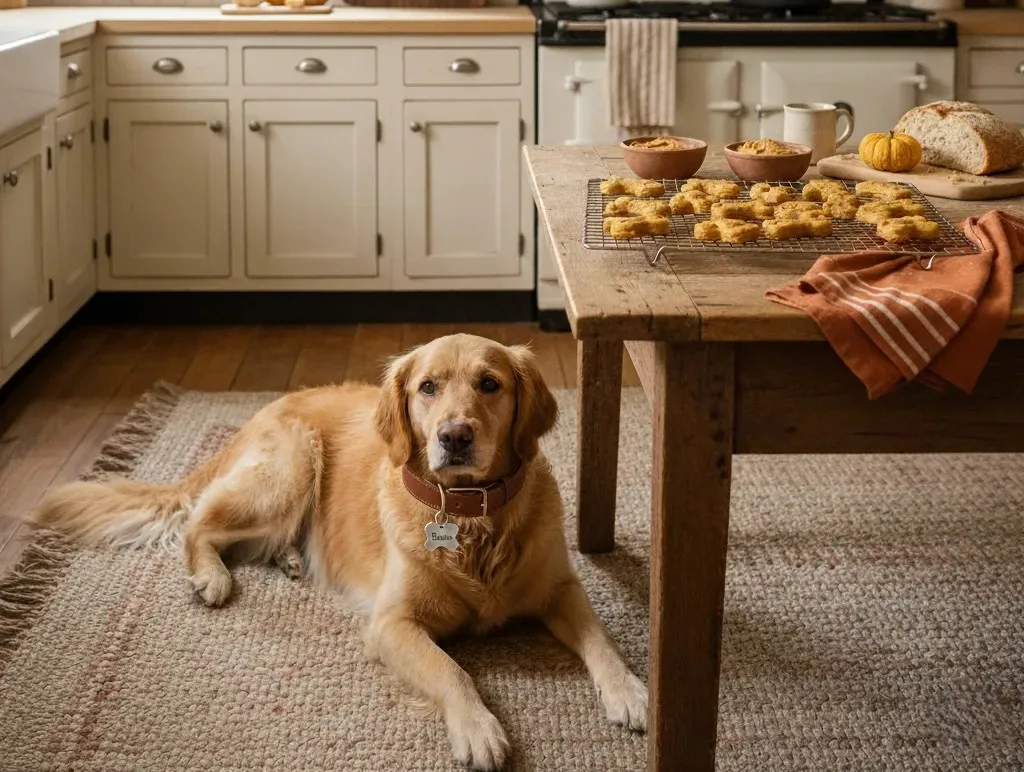Mealtime should be a joyful, nourishing part of your dog’s day, but for many pet parents, it can be a daily struggle. Picky eating is common, and it’s not always about taste—dogs may reject food due to texture, temperature, health issues, or even boredom. Instead of worrying about your pup missing out on essential nutrients, you can make mealtime exciting, tasty, and balanced. Here’s how to transform picky eating into an opportunity for fun and nutrition.
Understanding Why Dogs Become Picky Eaters
Before addressing picky eating, it’s important to identify the cause. Some common reasons include:
- Health Concerns: Dental pain, gastrointestinal discomfort, or underlying illness can affect appetite.
- Texture or Temperature Preferences: Some dogs prefer crunchy kibble, others like soft or warm food.
- Boredom: Eating the same food daily can make mealtime unappealing.
- Overfeeding or Excess Treats: Dogs may skip meals if they’re full from snacks or table scraps.
Recognizing the root cause allows you to address the issue effectively rather than forcing your dog to eat.
Tips to Make Mealtime More Appealing
1. Enhance Flavor and Aroma
Dogs rely heavily on smell to choose what to eat. Enhancing the aroma or flavor can make meals irresistible.
- Warm up wet food slightly to release natural aromas.
- Add a splash of low-sodium broth or a spoon of plain yogurt.
- Mix in small amounts of cooked meats or vegetables that your dog enjoys.
2. Offer Variety Without Overwhelming
Variety keeps meals interesting but sudden changes can upset digestion.
- Rotate proteins like chicken, fish, or turkey weekly.
- Introduce different vegetables like carrots, pumpkin, or green beans.
- Keep base food consistent while adding seasonal toppings to maintain balance.
3. Create Fun Mealtime Activities
Engaging your dog mentally can turn mealtime into a game:
- Use puzzle feeders or treat-dispensing toys to make them work for their food.
- Scatter kibble around a safe area for a sniff-and-seek game.
- Try hand-feeding occasionally to strengthen bonding and focus.
4. Optimize Food Texture and Temperature
Some dogs prefer crunch over mush or warm food over cold.
- Mix kibble with a small portion of wet food for texture variation.
- Steam vegetables or lightly cook proteins for a softer consistency.
- Serve meals at room temperature or slightly warmed to appeal to senses.
5. Make Mealtime a Routine
Consistency encourages healthy eating habits.
- Feed at the same time daily to establish a predictable schedule.
- Allow 15–20 minutes for meals, then remove uneaten food.
- Avoid free-feeding, which can reduce appetite for proper meals.
6. Include Nutrient-Rich Toppers
Adding safe, nutritious foods can make meals more enticing while supporting health:
- Pumpkin: Aids digestion and adds a subtly sweet flavor.
- Blueberries: Provide antioxidants and a burst of taste.
- Plain Yogurt: Introduces probiotics for gut health.
- Cooked Eggs or Fish: Boost protein and omega-3 intake.
7. Monitor for Underlying Issues
Persistent picky eating may signal health problems:
- Dental disease or sore gums can make chewing painful.
- Gastrointestinal disorders can reduce appetite.
- Allergies or sensitivities may cause food aversion.
A veterinarian can help rule out these issues and guide dietary adjustments.
Healthy Treat Strategies for Picky Eaters
Treats can support positive mealtime habits if used strategically:
- Use small portions of vegetables or fruits as rewards.
- Limit high-calorie treats to avoid reducing appetite for meals.
- Combine treats with puzzle feeders to encourage engagement.
Encouraging Long-Term Healthy Eating Habits
- Gradual Introduction: Slowly add new foods to prevent rejection and digestive upset.
- Positive Reinforcement: Praise and pet your dog when they try new foods.
- Avoid Bribing With Table Scraps: Feeding human food at the table can reinforce picky behavior.
- Balanced Nutrition: Ensure meals meet your dog’s protein, vitamin, and mineral needs.
Conclusion: Turning Picky Eating into a Positive Experience
Picky eating doesn’t have to be a source of stress. By understanding your dog’s preferences, offering variety, and creating fun, engaging mealtime experiences, you can encourage healthy, consistent eating. Small adjustments—like adding nutrient-rich toppers, using puzzle feeders, or warming food—can transform even the fussiest eater into a happy, nourished pup.
With patience, creativity, and attention to your dog’s health, mealtime can become a highlight of the day rather than a challenge. After all, a dog who enjoys eating is not only healthier but also more content, active, and connected to their human companion.



